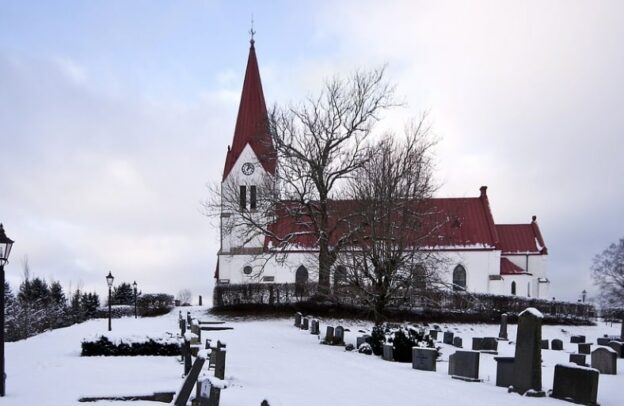
The Role of Cemeteries in Urban Planning
Urban planning extends beyond designing functional spaces for living and working. It also involves the thoughtful integration of spaces that reflect and serve a community’s diverse needs and values, such as cemeteries. These areas, often overlooked in urban development conversations, play a vital role in our cities. Among Matthews, NC cemeteries, Gethsemane Cemetery and Memorial Gardens serves as a poignant example, demonstrating how such spaces can be seamlessly incorporated into the urban fabric.
Cemeteries in urban planning offer unique insights into the past, present, and future. They function not only as final resting places, but also as green spaces, historical archives, and cultural touchstones within urban landscapes. Their role in the grander scheme of city planning and development is a testament to the multidimensional nature of urban life. In this exploration, we will delve into how cemeteries are integrated into urban design, their cultural and historical significance, and the place of cemeteries in sustainable urban planning.
Integrating Cemeteries into Urban Design
Urban design is a multifaceted discipline that marries aesthetics, functionality, and community needs. Cemeteries are integral parts of this design, providing valuable open spaces in increasingly congested cities. These spaces serve various purposes: they are sanctuaries for those seeking solace, they are historical records, and they can also function as areas for local flora and fauna. As urban designers strive to create livable and sustainable cities, the potential benefits and multifunctionality of cemeteries are receiving more attention.
Cemeteries as Spaces of Cultural and Historical Significance
Cemeteries are also vital cultural and historical assets. They serve as windows into a city’s past, providing insights into historical events, social hierarchies, and cultural practices. Every monument, headstone, or crypt is a piece of a larger historical puzzle, offering valuable data for historians, genealogists, and urban anthropologists. Their cultural significance extends beyond their primary purpose as they host cultural events, tours, and even educational programs, turning them into community spaces where the past and present converge.
The Intersection of Cemeteries and Sustainable Urban Planning
The role of cemeteries in sustainable urban planning is increasingly recognized. As green spaces, they offer vital ecosystems within the urban environment, supporting biodiversity and providing ecological benefits such as improving air quality and mitigating heat island effects. Moreover, in the era of rapid urbanization, cemeteries can play a role in promoting sustainable practices. By adopting eco-friendly burial methods, cemeteries can contribute to broader urban sustainability goals.
Cemeteries, therefore, play an essential role in urban planning. They are not just places for the deceased, but are multifunctional spaces that add historical, cultural, and environmental value to our cities. By recognizing and capitalizing on these roles, we can build more holistic and sustainable urban environments.

Conclusion
In conclusion, cemeteries play a far more significant role in urban planning than what is traditionally acknowledged. These spaces, such as those seen among Matthews, NC cemeteries, have the capacity to enhance the cityscape in a variety of ways. They offer a connection to history and cultural heritage, provide essential green spaces within urban environments, and even contribute to city sustainability efforts. Institutions like Gethsemane Cemetery and Memorial Gardens exemplify these multifaceted roles. Recognizing the full potential of cemeteries in urban planning can truly enrich our urban experience, fostering cities that honor the past, cater to the present, and prepare for the future.

